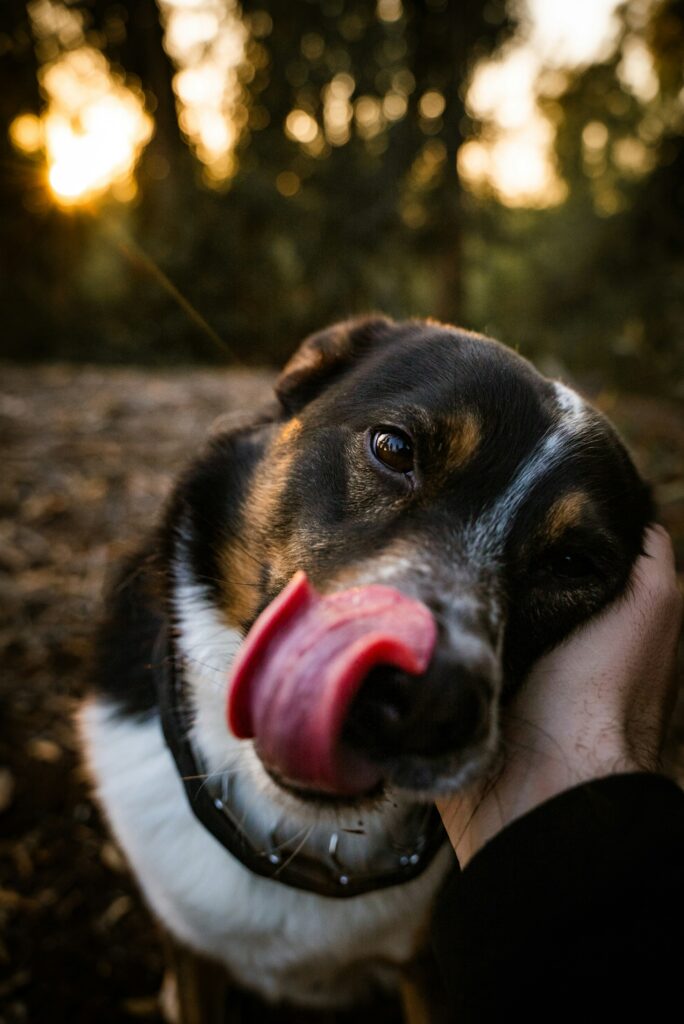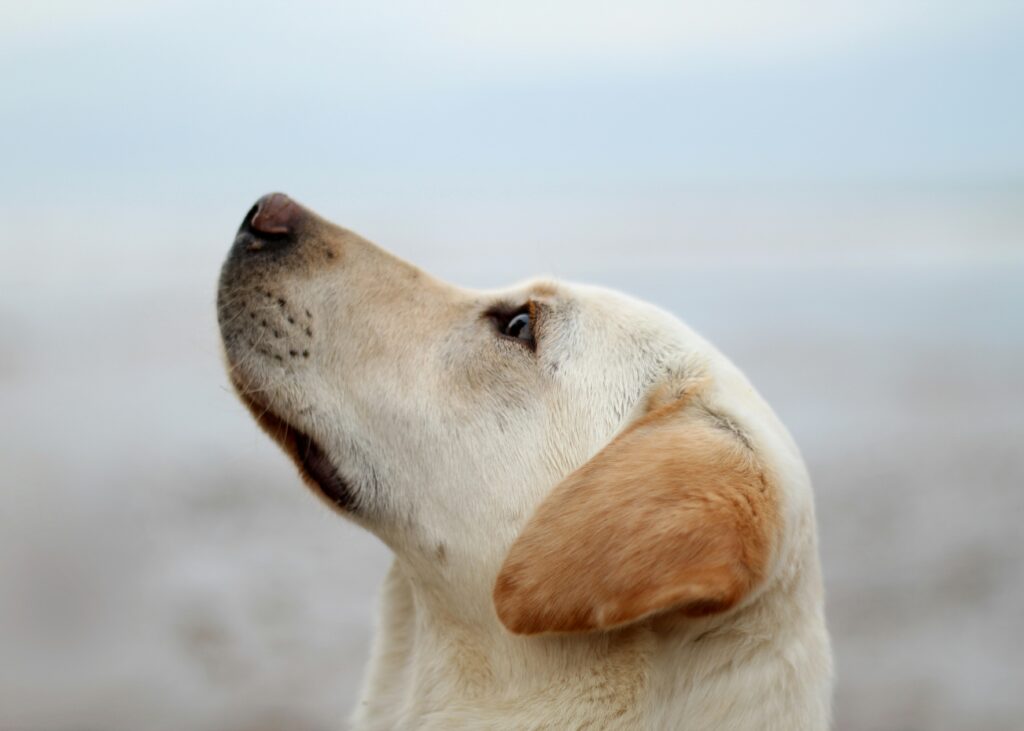The Role of Touch: How Dogs Use Their Skin and Paws
Dogs experience the world in vivid and surprising ways. While we often focus on their keen sense of smell or excellent hearing, touch is another powerful and essential part of how dogs interpret and respond to their surroundings. From the tips of their paws to the whiskers on their face, a dog’s body is filled with sensory receptors designed to pick up on subtle physical cues. Understanding this sense can help us connect with our dogs more deeply and create more comfortable, enriching environments for them.
The Skin: A Dog’s Largest Sensory Organ
Just like in humans, a dog’s skin is its largest organ—and it’s filled with nerve endings that provide constant feedback to the brain. These nerve receptors respond to pressure, temperature, pain, and vibration. While dogs don’t rely on touch in the same way humans do for fine motor skills, it plays a huge role in their perception of safety and comfort.
Think about how your dog reacts when you pet them in their favorite spot. That tail wag or deep sigh? It’s a direct result of positive tactile stimulation. This touch not only feels good—it can lower stress hormones and create strong emotional bonds.
Paw Pads: Tough Yet Sensitive
Dog paws are fascinating. Their paw pads are designed to protect them from hot or cold surfaces and provide traction on various terrain. But they’re also incredibly sensitive.
Each paw has nerve endings that allow dogs to sense texture, vibration, and even subtle changes in ground temperature. This sensitivity helps dogs:
-
Navigate difficult terrain (like rocks or icy sidewalks)
-
Sense prey or movement beneath their feet
-
React quickly to discomfort or injury
That’s why some dogs don’t like their feet touched or why they’re so quick to react if they step on something sharp. Their feet are not just for walking—they’re important touch-based communication tools.
Whiskers: Touch Beyond Skin
One of the most underrated touch tools dogs have are their whiskers, or vibrissae. These long, stiff hairs are rooted deeper than normal fur and are connected to highly sensitive nerve bundles.
Dogs use whiskers to:
-
Detect changes in airflow
-
Measure spaces before moving through them
-
Pick up vibrations from nearby movement
-
Sense objects in low light
Whiskers help dogs “see” the world in a tactile way. If your dog hesitates before entering a tight space or explores a new room slowly with their nose leading the way, chances are their whiskers are hard at work.
Important note: Never trim a dog’s whiskers—doing so can disorient them and interfere with their ability to sense the world properly.
Social Touch: Connection and Communication
Touch plays a huge role in dog-human and dog-dog communication. Puppies learn this early on, especially during litter bonding and nursing. As they grow, touch continues to be a key part of building relationships.
When a dog nudges you with their nose, leans against you, or places a paw on your lap, they’re using touch to:
-
Get attention
-
Seek reassurance
-
Express affection
-
Communicate needs
Gentle physical contact is not only comforting but can also build trust. Many therapy dogs are trained specifically for “deep pressure therapy,” where they gently apply weight to a person’s body to help reduce anxiety.
Sensitivity to Pain and Discomfort
A dog’s sense of touch also alerts them to discomfort or danger. Dogs will often lick, chew, or favor a limb if there’s irritation, injury, or foreign material. And since their skin is sensitive to temperature, dogs will seek out warm places in the winter or cool tile in the summer.
This sensitivity helps them self-regulate—but it also means we need to be aware of things that might cause them pain:
-
Ill-fitting harnesses
-
Hot pavement
-
Mats or debris in fur
-
Burrs or thorns in paws
Being mindful of these sensitivities helps us create safer environments and quickly respond to issues that might not be immediately visible.
How to Support and Stimulate Your Dog’s Sense of Touch
You can support your dog’s tactile world in simple and meaningful ways:
-
Massage and petting: Regular massage can improve circulation and promote relaxation.
-
Textured toys and surfaces: Introduce toys with varied textures or walk your dog on different surfaces.
-
Desensitization training: Get your dog comfortable with touch by gently handling their paws, ears, and tail in a calm environment.
-
Proper grooming: Brushing stimulates the skin and spreads natural oils while also giving you a chance to inspect for problems.
Understanding and supporting your dog’s tactile world helps build confidence and strengthens your bond.
Final Thoughts
Your dog’s sense of touch is more complex and valuable than most people realize. From the pads of their paws to the tips of their whiskers, dogs gather crucial information about the world through contact. By learning how they use this sense and how to respect their physical boundaries, we become better companions and caregivers.



